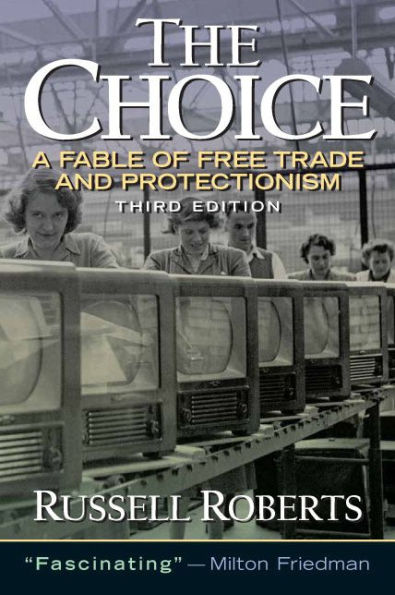5
1
9780131433540


The Choice: A Fable of Free Trade and Protectionism / Edition 3 available in Paperback

The Choice: A Fable of Free Trade and Protectionism / Edition 3
- ISBN-10:
- 0131433547
- ISBN-13:
- 9780131433540
- Pub. Date:
- 09/28/2006
- Publisher:
- Pearson Education
- ISBN-10:
- 0131433547
- ISBN-13:
- 9780131433540
- Pub. Date:
- 09/28/2006
- Publisher:
- Pearson Education

The Choice: A Fable of Free Trade and Protectionism / Edition 3
$59.99
$59.99
This item is available online through Marketplace sellers.
$99.99
This item is available online through Marketplace sellers.
59.99
Out Of Stock

Product Details
| ISBN-13: | 9780131433540 |
|---|---|
| Publisher: | Pearson Education |
| Publication date: | 09/28/2006 |
| Edition description: | REV |
| Pages: | 144 |
| Product dimensions: | 5.90(w) x 8.90(h) x 0.40(d) |
About the Author
From the B&N Reads Blog

